Got a gas oven that’s acting up? You’re not alone. A cold oven is frustrating, especially when dinner’s on the line. The good news is many problems are easy to spot and fix yourself, and the rest are perfect reasons to call in a local expert.
First, let’s run through the usual suspects. The most common cause is a faulty igniter. Over time the igniter can crack or become coated with food residue, so it never lights the gas. If you hear a clicking sound but no flame, that’s a red flag.
Another typical issue is a blocked burner. Grease or spilled food can clog the burner ports, stopping the flame from spreading evenly. A quick visual check often reveals black soot or rust around the burner.
The safety valve can also fail. This valve shuts off gas flow if the oven detects a problem. When it sticks, the burner stays off even though the control knob is turned up.
Don’t forget the thermostat. If it’s misreading the temperature, the oven may think it’s already hot enough and never fire. A thermostat that’s off by more than 25°C usually needs replacement.
Finally, check the gas supply line. A loose connection or a partially closed valve can reduce pressure, meaning the burner flickers or won’t light at all.
Start with safety: turn off the oven and let it cool. Unplug the unit, then locate the igniter (usually a thin, silvery rod near the burner). Look for visible cracks or dark spots. If it looks damaged, note it for the pro.
Next, clean the burner. Use a soft brush or a cloth dampened with warm, soapy water. Scrape away any stuck food, then dry thoroughly before moving on.
Inspect the safety valve and gas line. Make sure the knob is fully turned to “off”, then gently wiggle the gas hose connection. If you smell gas, shut the main supply and call a qualified engineer immediately – never try to fix a leak yourself.
Run a quick oven test: set the temperature to 200°C and listen for the igniter click and flame. If you don’t hear a click, the igniter is likely dead. If you hear a click but see no flame, the safety valve may be the culprit.
When any of these checks point to a part that’s broken, it’s time to call Bognor Regis Appliance Repair Experts. Our technicians are Gas Safe registered, know the local gas pressure specs, and can replace igniters, burners, valves, or thermostats on the spot.
Why choose us? We’re based right here in Bognor Regis, so we can often be at your door the same day. We carry common parts in our van, which means less waiting and lower costs. Plus, we guarantee our work – if the oven quits again within 30 days, we’ll come back free of charge.
In short, a gas oven that won’t heat usually boils down to an igniter, burner, safety valve, thermostat, or gas supply issue. A quick visual inspection and a few simple cleaning steps can solve many of these problems. When the fix is beyond a DIY clean‑up, call our local team for fast, reliable service. Your oven will be back to roasting, baking, and broiling in no time.
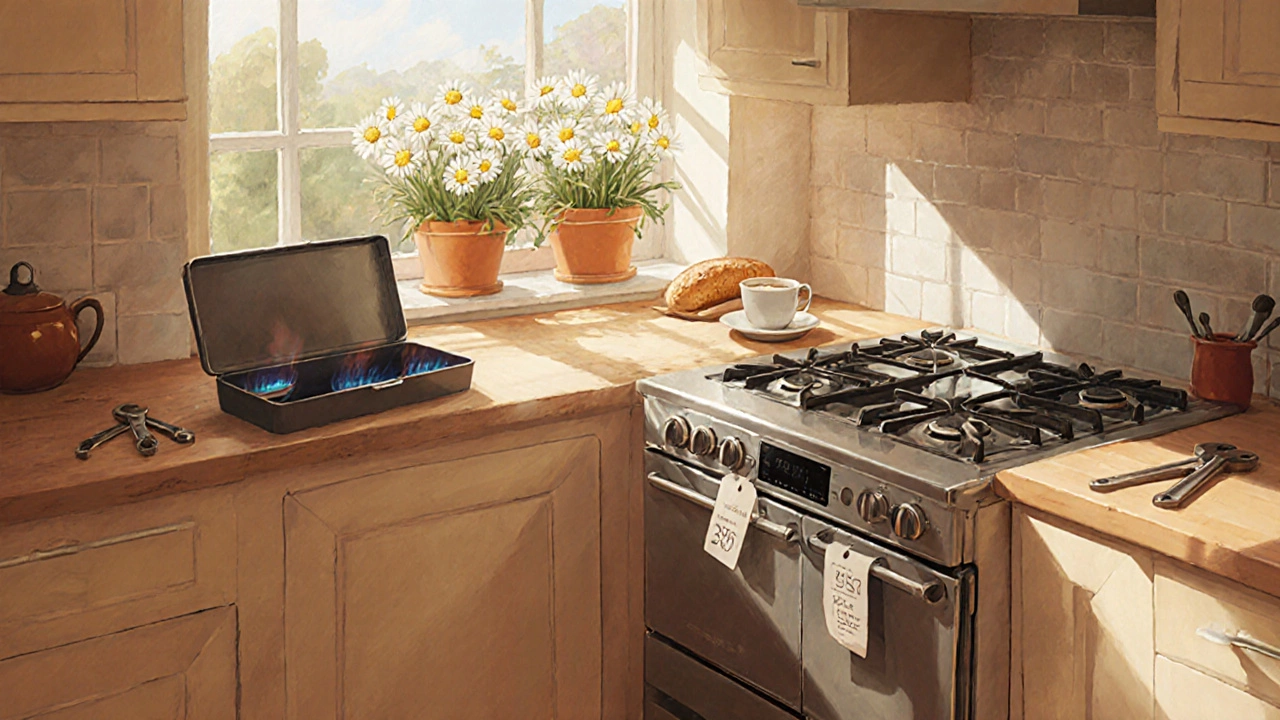
Learn the typical cost of repairing a gas oven igniter, compare DIY vs professional pricing, and discover tips to keep your repair bill low.
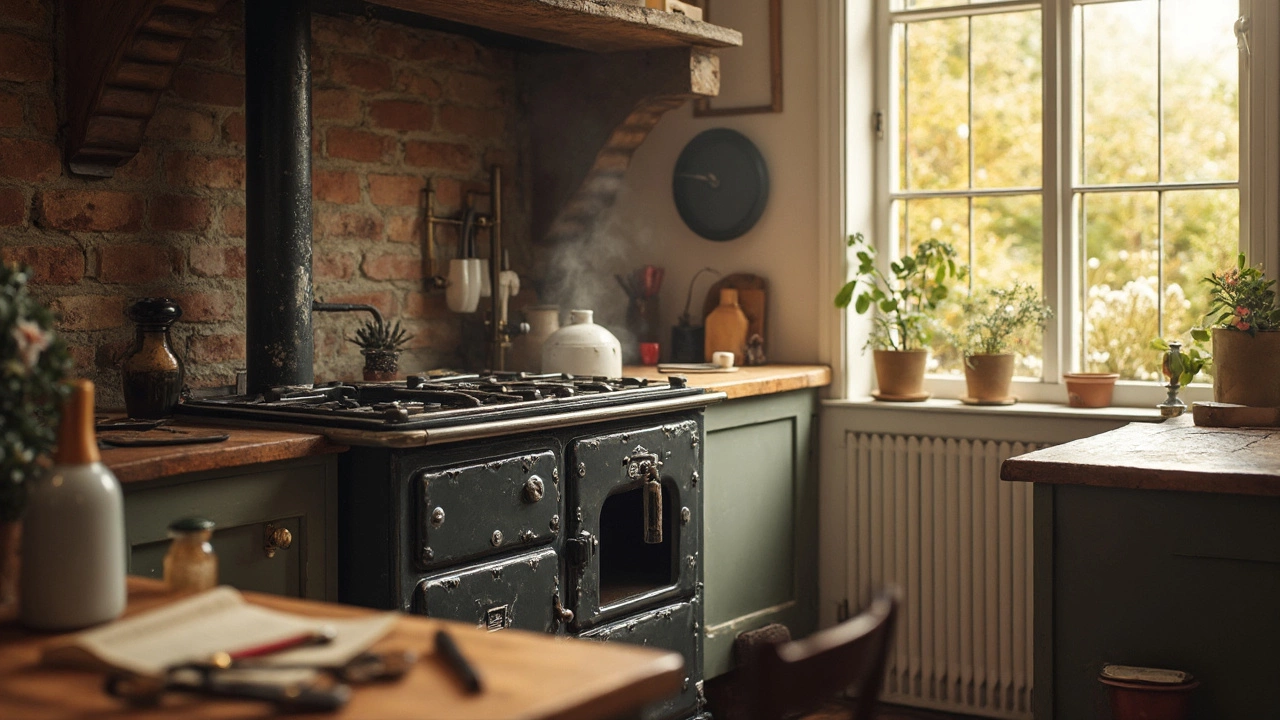
Repairing a gas oven might seem daunting, but it's often worth the effort. This article explores when it's practical to repair versus replace, common issues, and cost-effective solutions. Learn helpful tips, find out if it’s a DIY fix, and consider important safety aspects. Discover how to make an informed decision that saves money and hassle.
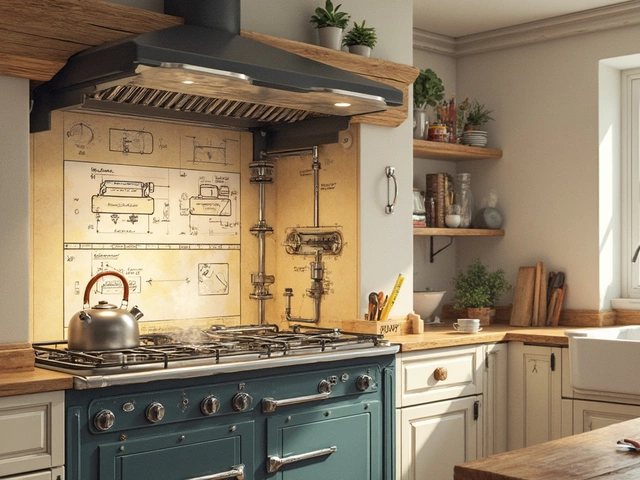
Extractor fans are essential for maintaining good air quality, especially in kitchens and bathrooms. When they stop working, it might be due to electrical, mechanical, or cleanliness issues. Understanding the root causes of fan failures can save you time and money in repairs. Discover common problems, practical tips, and preventive measures to keep your fan spinning efficiently.
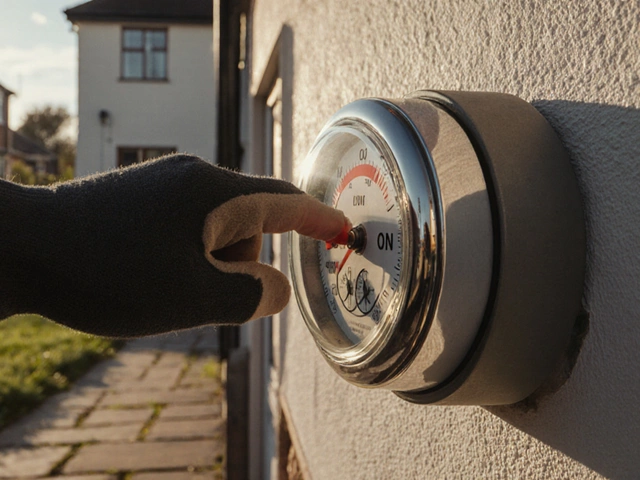
Learn why all your gas appliances might stop working, how to safely troubleshoot common issues, and when to call a Gas Safe engineer.

Wondering if it's worth repairing your electric oven or if you should just buy a new one? This article dives into the factors to consider, from cost effectiveness to the age of your appliance, helping you make an informed decision. We'll discuss common issues that can be fixed, when to call in a pro, and some smart tips to extend the lifespan of your oven. By the end, you'll know whether fixing or replacing is the better choice for your situation.

Ovens are essential in any kitchen, but they can sometimes act up. Whether it's uneven cooking, a door that won't close, or strange noises, there's usually a straightforward explanation—and solution. This article delves into typical oven issues, offers handy tips to troubleshoot them, and suggests when it's time to call a professional. Knowing these basics can help keep your oven running smoothly.
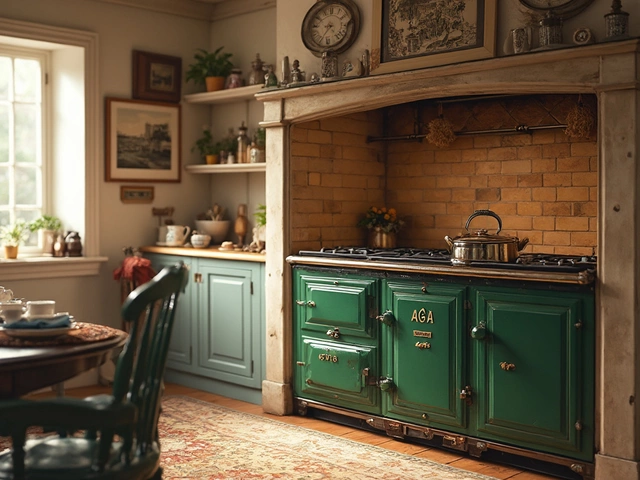
Ever wondered how long your trusty range oven will last? On average, a well-maintained range oven can serve you for about 10 to 15 years. Routine cleaning and minor repairs can help extend its lifespan. Knowing when to repair or replace your oven is crucial for efficiency and safety. Read on for practical tips to make sure your oven lasts as long as possible.